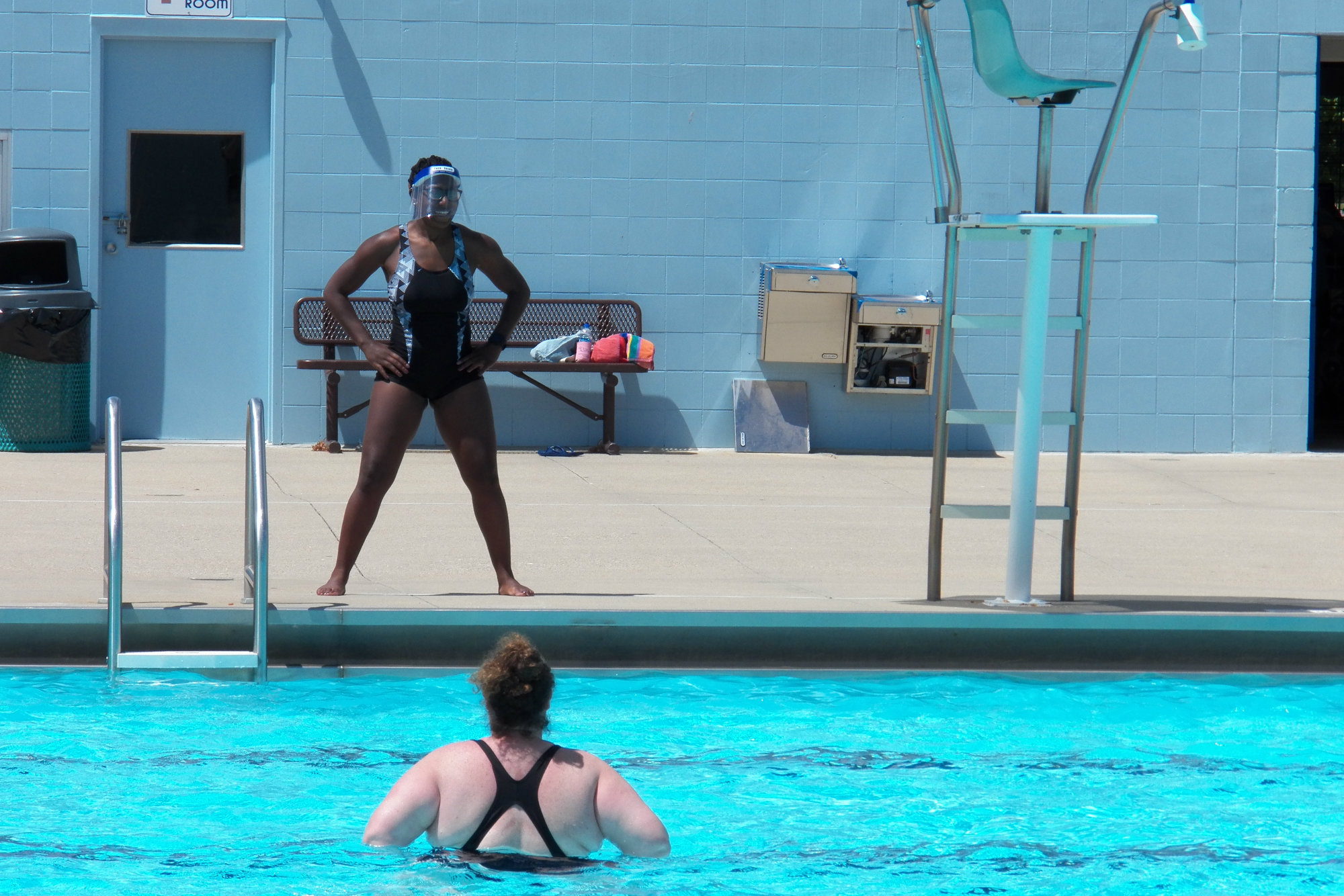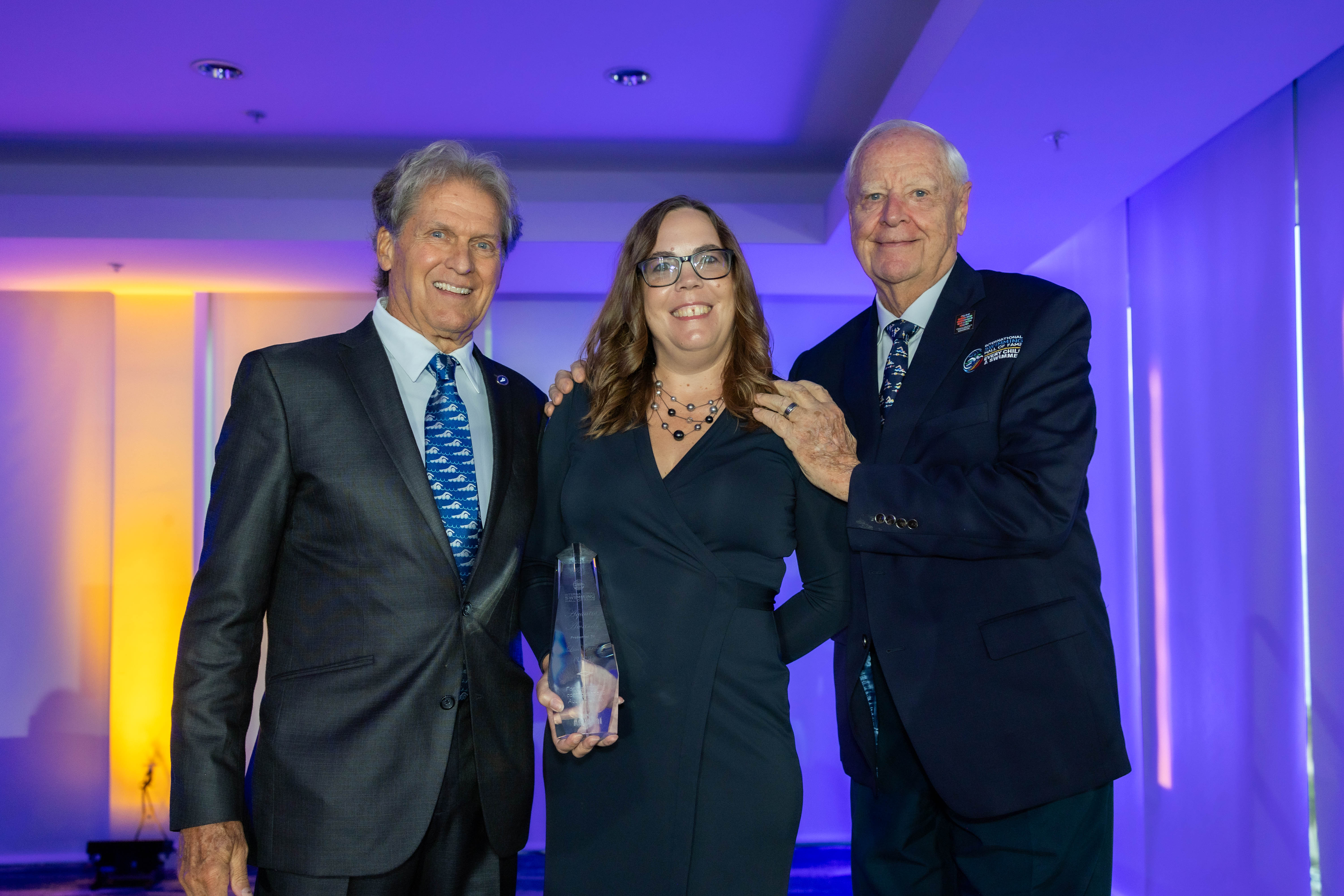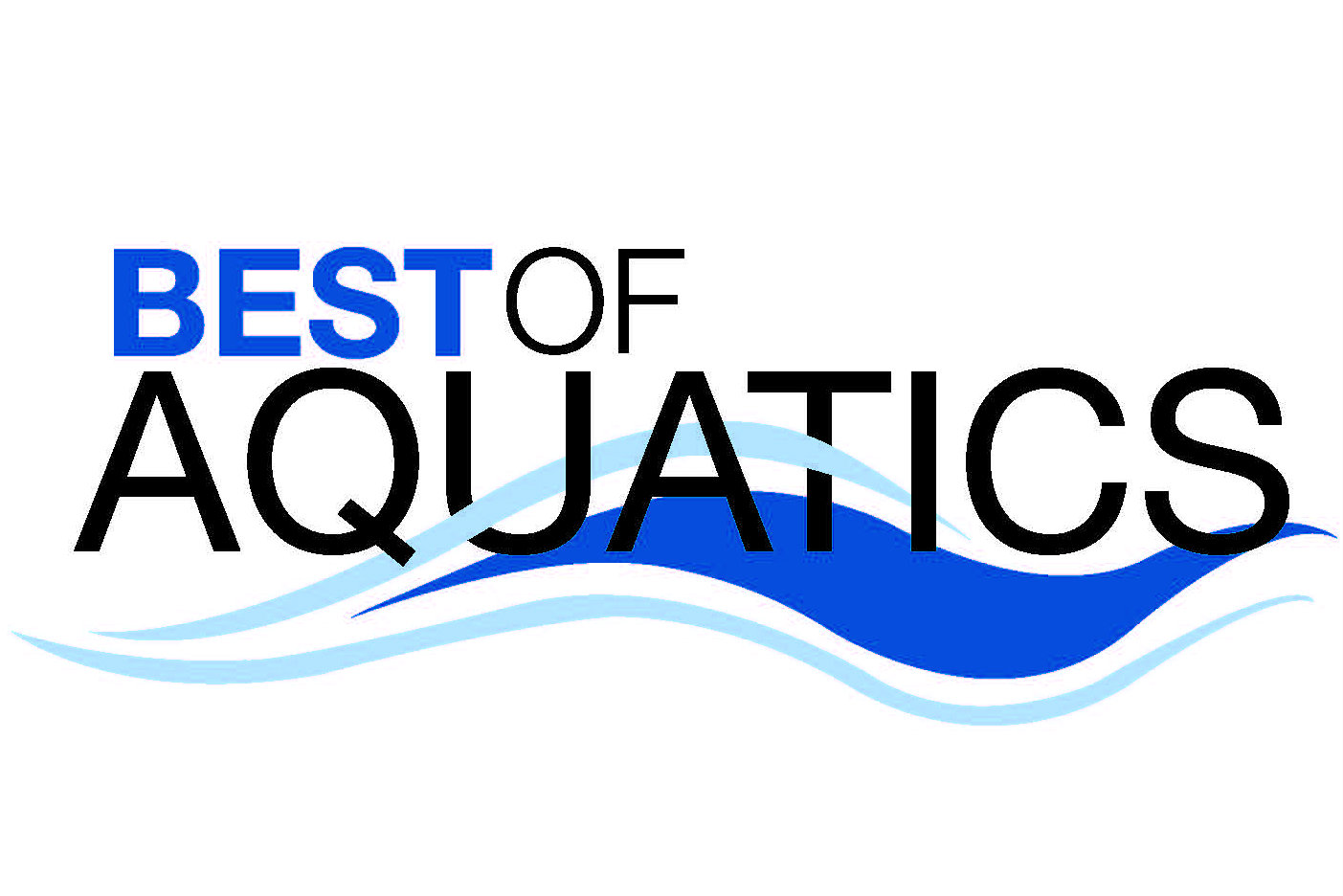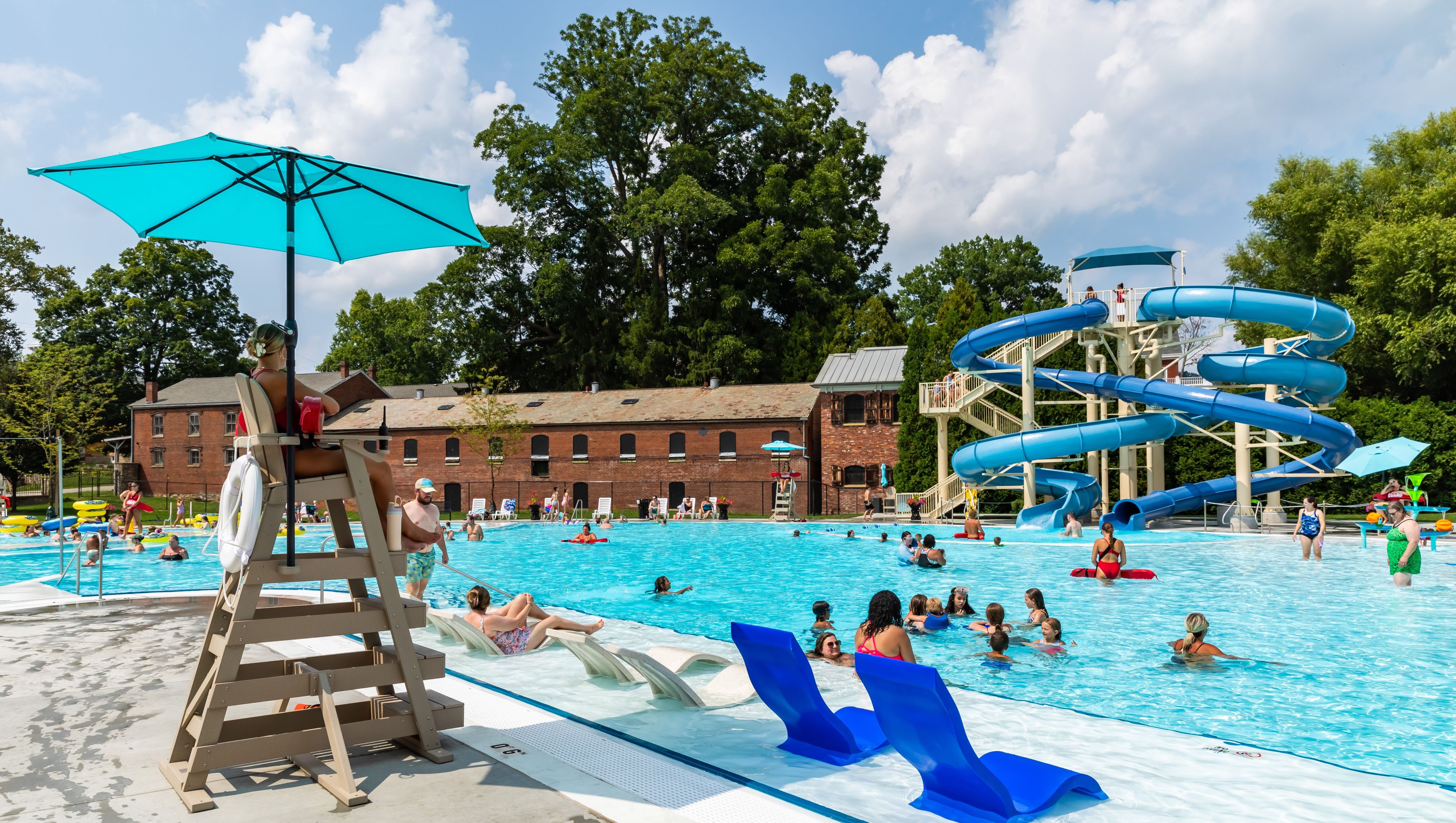“This was the year of flexibility.”
That’s how the City of Des Moines described 2020. It could not have been put better.
Faced with the COVID-19 pandemic, the team considered a number of options: Maybe just shutter aquatics for the year, to help flatten the curve. Or perhaps only offer swimming lessons, as an essential service to help safeguard local children when they visit local ponds and lakes.
But to completely close seemed like robbing the community, says Austin Tasler, recreation supervisor for the City of Des Moines Department of Parks and Recreation. The team wanted to offer jobs to local teens. And they didn’t want children to miss out on crucial stages of their learning. “This might be the year of that break-through swim lesson, where one kid finally figures out how to move his arms and legs and now is confident in his swimming ability,” Tasler says.
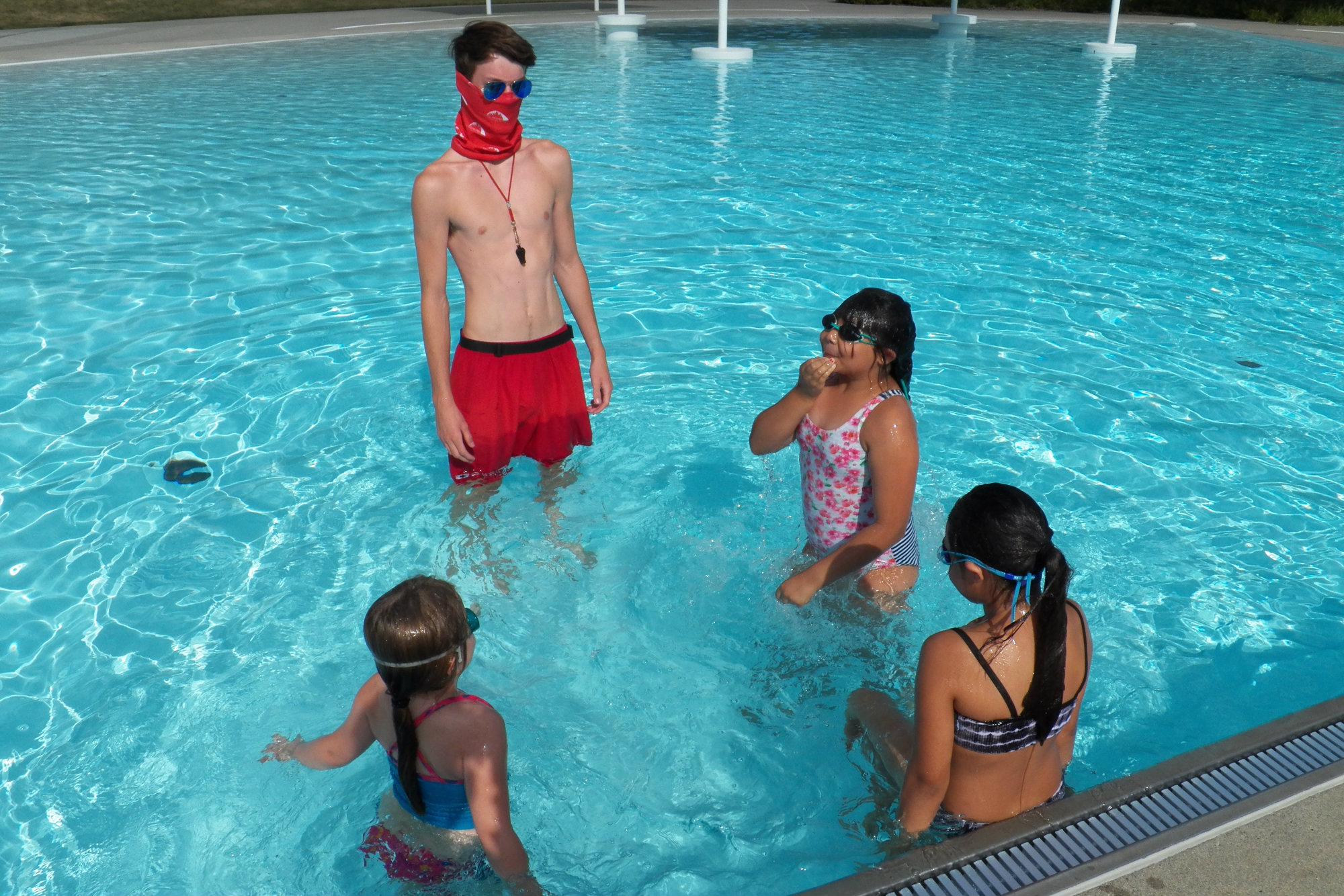
After weighing the options, management decided to open three out of five facilities, offering swim lessons, lap swimming and fitness classes, as they have immediate health benefits and are easier to control in terms of social distancing.
“We were building the plane as we were flying it,” Tasler says.
To staff needed lifeguards without the ability to offer certification classes, the team called on former employees and others who had already earned their certifications. Orientations and trainings were limited to 20 employees at a time, in keeping with the mayor’s capacity allowances. Guards were issued their own equipment to avoid cross-contamination.
Close control
To help locals plan their trips, the city’s website featured a patron count feature showing how many were at the facility at a given time. It also showed lane availability, so potential visitors could see in advance whether or not there were openings. This especially helped, given that only one person was allowed per lane.
Swim-class ratios were kept at 1:3, and parents could to join if they wanted to provide hands-on assistance to their children.
The team maintained some partnerships with local swim and water polo teams, also with modifications. Only three teams were accommodated, rather than the normal six. They had to follow USA Swim guidelines and submit their own COVID-19 safety plans before they could use the facilities. They entered through a separate gate to help with social distancing.
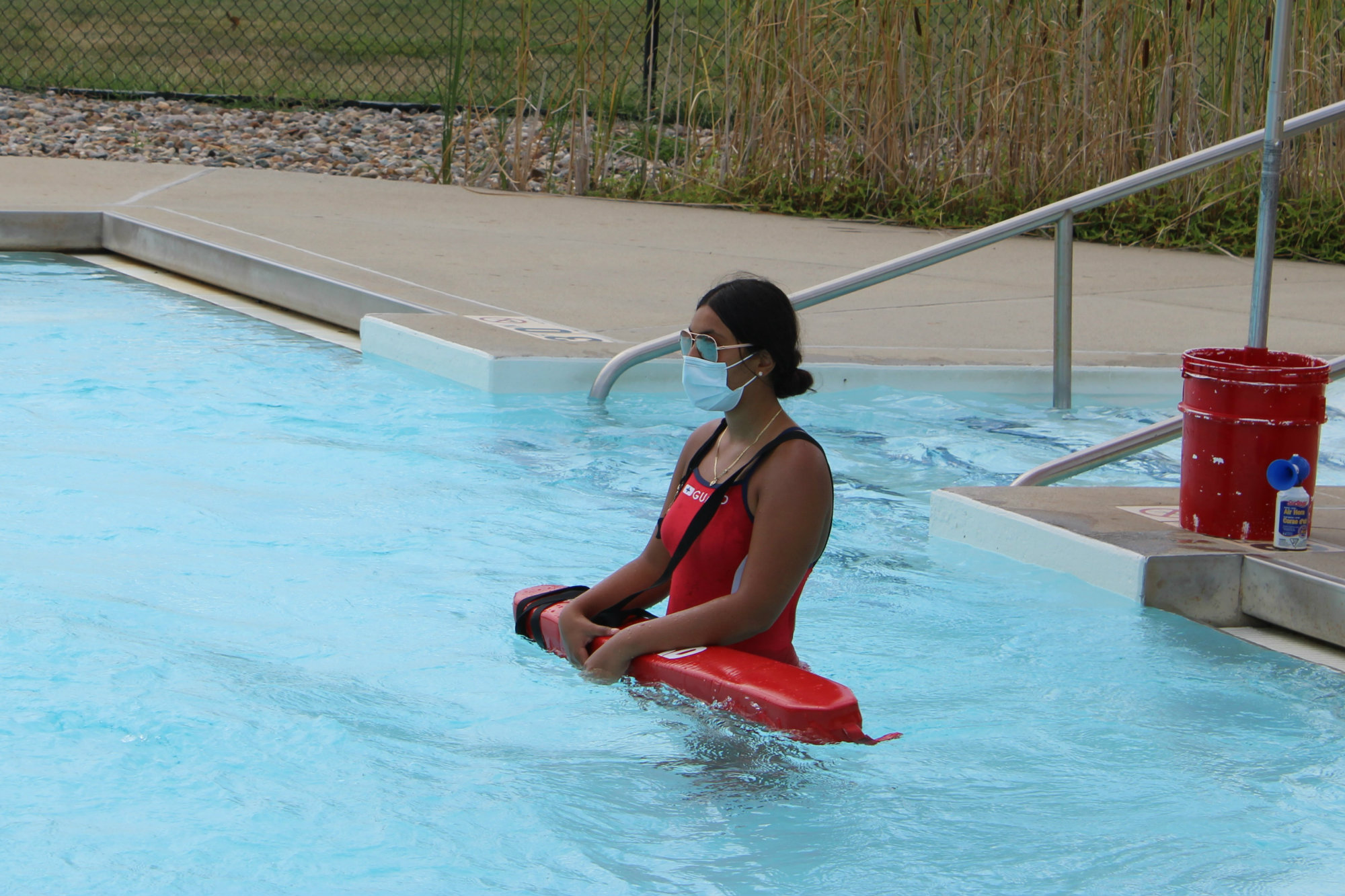
A cleaning spot was added to the lifeguard rotation to make sure high-touch points were constantly maintained, and the staff sanitized between each program. A three-stage foaming gun was used to clean the facility, rescue equipment, swim lesson supplies and aqua fitness gear.
When a member of one of the swim teams tested positive for COVID-19 (out of nearly 20,000 visitors for the summer), that particular center shut down for 24 hours, and the aquatic staff partnered with the local fire department to thoroughly sanitize before reopening.
“These new policies and procedures did have a big impact financially but was outweighed by the importance of providing a service for our community to have a safe place to swim, learn to swim, and recreate when they did not have many other outlets,” Tasler says.
